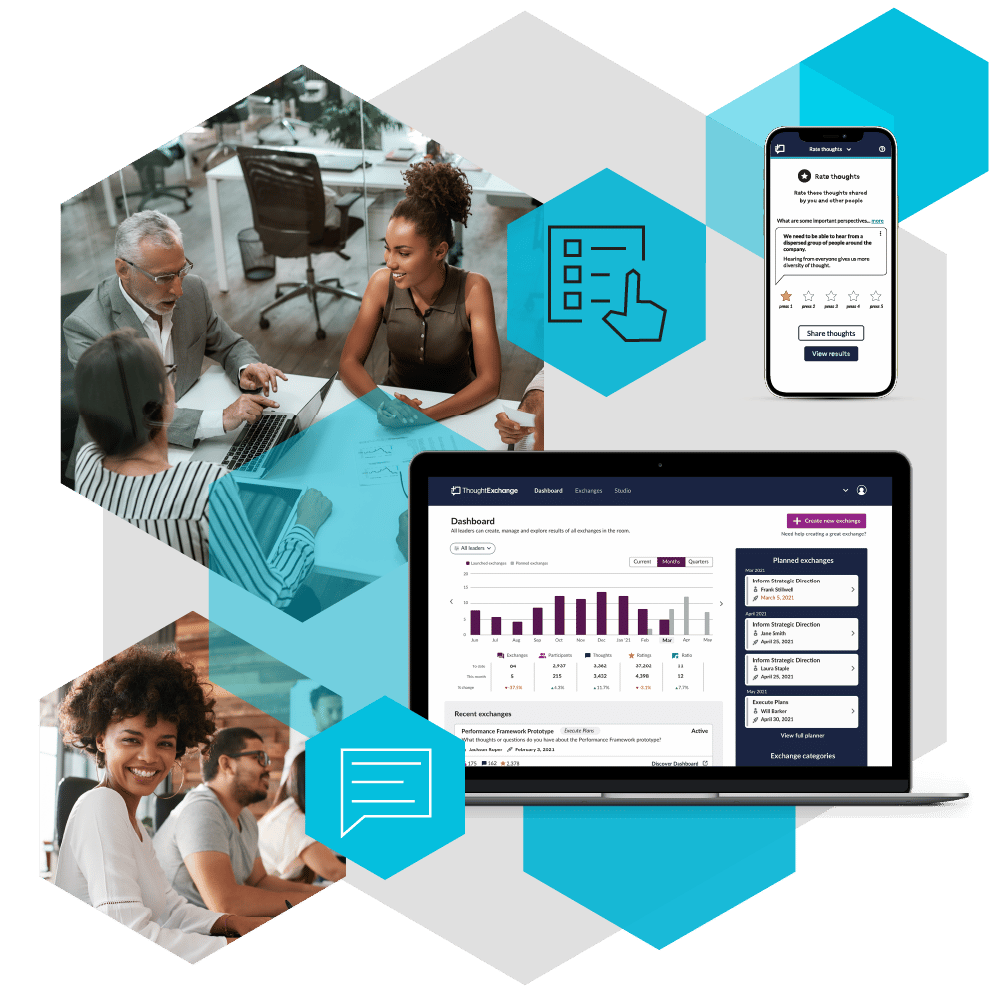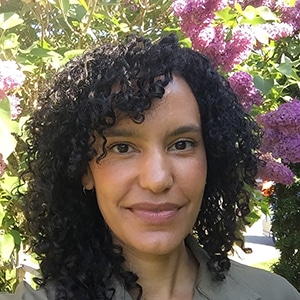





How to Create a Better Community Engagement Plan for Education Leaders
As an education leader, you’ve got important work to do. Addressing critical district issues like school safety, curriculum or policy changes, and culture building are all part of your job. And your community depends on you to do it right.
Building on your community engagement strategy, a robust community engagement plan is essential for success. Listen to your educators, staff, students, and parents and leverage their insights. They hold the key to your plan’s success.
“The signs of authentic engagement: The community is not seen as the problem but as a partner in defining the problem.”
— The Superintendent’s FieldbookIn this Article
- What is a community engagement plan?
- How to create a better community engagement plan
- Successful community engagement in education
- Springfield Public Schools gets unbiased community insights with ThoughtExchange
- Brighton Central School District improves school safety
- Mountainview School District resets boundaries
- Engage your community with ThoughtExchange
What is a community engagement plan?
A community engagement plan is granular—it outlines outreach and public participation activities, including assigned roles and timelines for new or reoccurring projects that will impact the community.
Where your community engagement strategy explains why your district will need specific resources and will take specific actions, your plan will outline the steps to achieve the strategy.
Consider your project’s purpose and objectives, conduct a community analysis, decide on engagement methods, and work through potential risks and challenges. Armed with your step-by-step plan, you’ll be ready to tackle your district’s most pressing issues—and succeed!
Benefits of having a community engagement plan
An engaged community has many benefits. In addition to creating increased trust, buy-in, and ownership, they empower superintendents to make more effective decisions for their districts.
Some common challenges to successful community engagement include a lack of trust in leadership, inaccessible tech, and a lack of awareness about projects. To mitigate these, listen to your community and act on their insights—a well-thought-out community engagement plan provides the key.
Create a better community engagement plan
Whatever issue you’re addressing—from curriculum change to culture-building—you’ll need your community’s input to succeed. While they’ll help define your plan’s objectives and purpose by telling you what they want and need, they’ll also determine its success by providing support throughout the process.
Tip: Consult your people before, during, and after launching your project for optimal results.
8 things your community engagement plan needs
What to include
Why it matters
How to do it better
Include project context and previous, relevant community engagement learnings.
You might already have the information you’re after. If so, build on that to ensure you’re not doing the work twice.
Why are you engaging the community, and what do you hope to achieve?
This will determine your engagement methods, help evaluate your engagement activities, and measure success.
Determine whether you need a quantitative data tool, such as a survey with limited choices, or whether your plan will benefit from community members' actual insights.
Incorporating staff, student, and parent voices can ensure your plan—and your leadership—is highly supported by your community partners.
Who’s invested in this project, and who will it impact? Also, how engaged are they, and what will they contribute?
Understanding your community helps determine the appropriate engagement methods.
Consider a community engagement software that allows you to segment your audience with survey questions while gathering qualitative data.
Discover how engaged they are and ask them how they want to engage. This way, you can tailor communications according to their individual engagement level and preference.
What are the most appropriate engagement methods, and how will you ensure you’re engaging a diverse range of community members?
Standard methods are:
- Surveys
- Meetings
- Town halls
Keep in mind that methods requiring travel or mobility, time off work, English fluency, and comfort with public speaking may limit the perspectives you capture.
An easy-to-use digital collective intelligence platform can increase community participation over standard methods.
Ensure it includes multilingual capabilities and is accessible on any device, anytime. Anonymous participation and the ability to reflect on each other’s input are also key considerations to mitigate bias.
This will allow you to capture more voices and create more inclusive, equitable conversations.
What will you tell your community about your project and consultation activities? Carefully consider your key messages and communication activities.
Lack of/unclear communication can be a major barrier to your plan’s success.
What are the potential risks, their impacts, and how likely are they to occur?
Predicting risks will help you come up with solutions.
Common challenges include a lack of trust in leadership, inaccessible tech, and a lack of awareness.
- Listen to your community
- Get the right tech
- Communicate early and often
How will you collect and integrate feedback from all engagement methods?
Integrating broad community insights makes a stronger, more successful plan.
While engaging with your community, continually evaluate outcomes. Adjust and improve efforts as needed.
Listen to your community and act on their insights. Conduct regular check-ins to determine if:
- You’re reaching the intended audience
- The data is actionable
- The engagement level is high
Did you meet your plan’s engagement purpose and objectives? What worked well, and what learnings can you apply to your next community project?
Be ready to reassess and pivot with your community’s support to help your current and future plans succeed.
Check in with your community after you’ve implemented the plan and they’ve had time to assess the impact. Make appropriate changes based on their feedback.
Use a community engagement software that lets you include 10-10,000+ people, depending on your needs.
Three superintendents who are winning at community engagement
Springfield Public Schools gets unbiased community insights with ThoughtExchange
Dr. Grenita Lathan, Superintendent at Springfield Public Schools (SPS), Springfield, MO, uses ThoughtExchange to get authentic, unbiased community insights to optimize her strategic plan. She’s confident the plan will reflect her district’s needs and values.
By facilitating consistent connection to her community and transparency in district decision-making, the platform has proven invaluable to her leadership at SPS.
She says, “The return for us is in our participation rate, the ease of using the platform, and in making sure our people understand that ThoughtExchange is one of our primary tools for gathering feedback and information.”
“It's so easy to take the data and immediately utilize it. [Using ThoughtExchange shows] we're partners with our parents and our community.”
-Dr. Grenita Lathan, Superintendent at Springfield Public SchoolsBrighton Central School District improves school safety
Brighton Central School District’s Superintendent, Dr. Kevin McGowan, understood that transparent, two-way communication was key to his district’s safety initiative. That’s why he used ThoughtExchange to gather insights about law enforcement in schools.
After running an Exchange with his community, he realized that the district’s law enforcement policies negatively impacted some of his students’ learning environments and outcomes. With this crucial knowledge, he made a safety plan that all his students felt comfortable with.
While a survey would have amplified the majority’s voices, an Exchange surfaced marginalized voices he may have otherwise missed. Understanding his community’s feelings helped McGowan make more inclusive decisions about school safety initiatives.
Mountainview School District resets boundaries
Dr. Ayindé Rudolph, Superintendent at Mountain View Whisman School District, was able to include more people, gain more information, and successfully reset its boundaries using ThoughtExchange.
By consulting his community, he created an inclusive process where people felt heard and acknowledged.
Unlike a focus group, Dr. Rudolph’s Exchange allowed him to engage with over 700 community members in one meaningful conversation. The district successfully reset its boundaries and has continued to use ThoughtExchange to build trust to action on critical issues such as school safety.
“With the power of ThoughtExchange, we reduced work hours and increased participation. ThoughtExchange allowed us to drill down to every single school and participant group to hear their voices and give them the ability to share their thoughts in a non-confrontational way.”
-Dr. Ayindé Rudolph, Superintendent, Mountain View Whisman School DistrictEngage your community with ThoughtExchange
“Before ThoughtExchange, we were stuck in the mud. Our previous efforts yielded poor data and low participation. ThoughtExchange has transformed how we hear from our community in a more equitable and inclusive way. It’s incredibly powerful what we have been able to achieve in our district because of ThoughtExchange.”
–Keith A. Brown, Superintendent, Klamath Falls City Schools